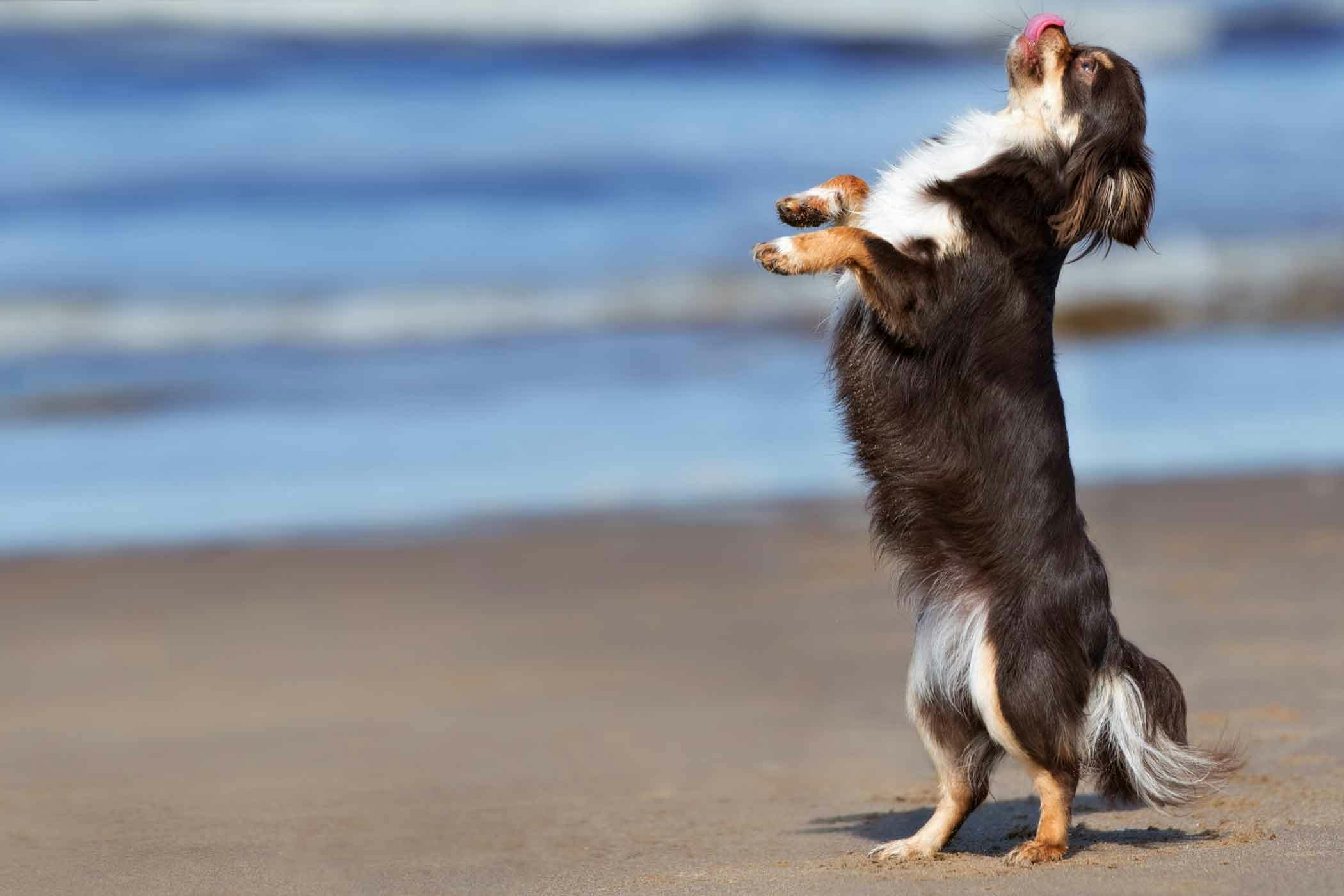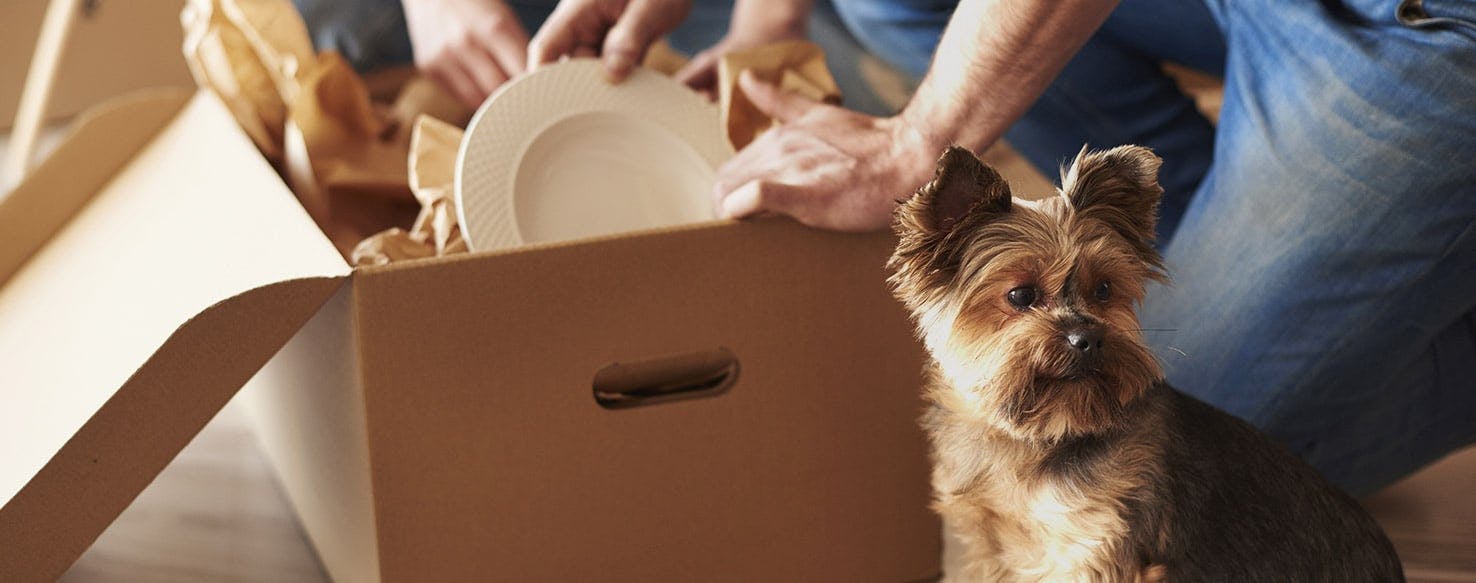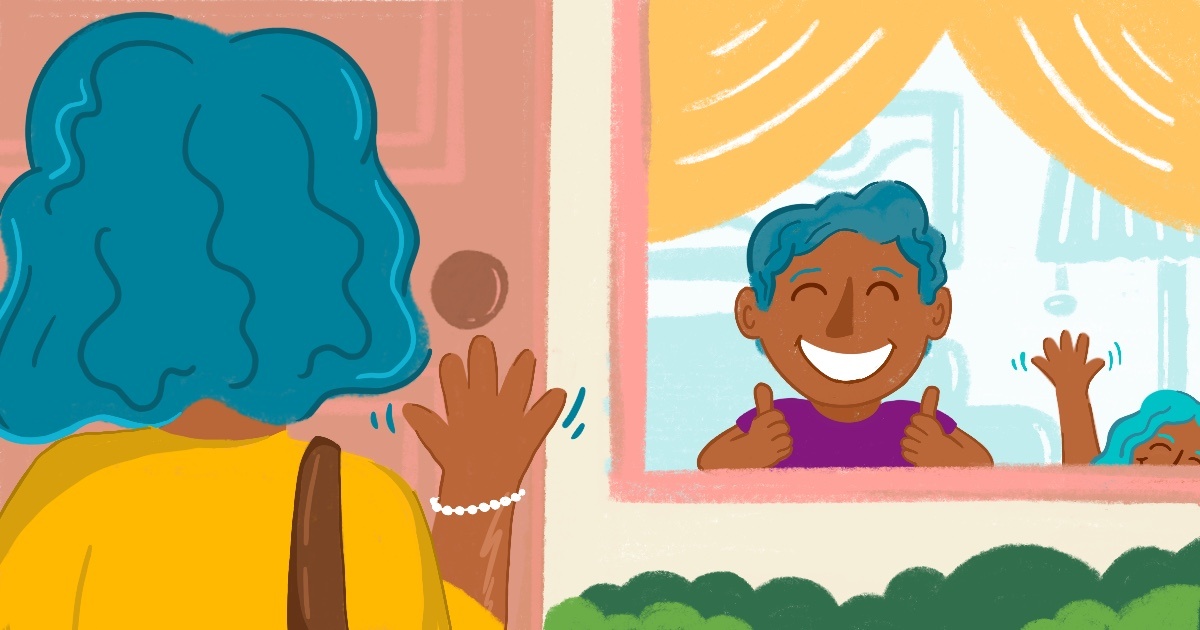Table of Content
Continue this interval training process for a few weeks or until your puppy seems to have completely figured out what you expect of them while you are away from the home. Extend the period then to about 30-minute intervals then 45-minute intervals, then an hour, then about 3 hours. Remember to monitor your puppy during this training in order to ensure they are damaging nothing of importance to you or your family. Lock your puppy in a closet or bathroom – Being in a very small room for an extended period of time can cause your puppy to react in an intensive panic.

After it has been about 15 minutes, go into your bedroom or another room with the door shut . If you have a severely anxious dog and you have tried everything you possibly can, visit your vet to see if your dog might benefit from medication. The point of giving the medication would be to get your dog calm enough to train your dog and then wean the dog off the medication as soon as possible. During your puppy’s first few weeks at home, frequent confinement with stuffed chew toys is essential for your pup to develop confidence and independence.
Find a cat food that fits your pet’s needs
It may be difficult, but the best and essential thing to do is to train your dog to be home alone. Depending on the severity of your dog’s anxiety problem you may also need to work with the dog’s veterinarian, who can prescribe medications that you’ll eventually phase out. When I was first got my pup and brought him home for the first time, I decided to give him the best of my care and attention. I just thought he could be the most loved pet in the world, and I was willing to put in the efforts needed to raise him right.

Training your dog to be alone will often involve a crate, especially for young puppies who may have problems holding their bladder or want to explore by chewing household items. Start training your dog to enjoy their crate by setting it up in a common area of the house. Let your dog explore the crate on their own terms, sniffing and only entering if and when they wish. You can try fostering other dogs until you are sure that your dog will do well with a sibling dog.
Tips for Leaving Your New Dog Home Alone
Once your dog has become excited about occupying themselves, add in a method of confinement. This will be helpful for young dogs or for creating an initial peace of mind until you can rely on your dog not to chew inappropriate household items. Get your dog’s attention and show them you have a treat in your hand. When your dog’s paws touch the bed, immediately praise and provide another treat.

Training a dog to be relaxed when alone, often goes hand in hand with housebreaking. Well, while teaching your dog to hold his P & P, untill you take him out, it usually involves crate training at the same time. While your dog is having to spend some time in his crate, he or she will also be learning how to be alone for periods of time. When I say ‘periods of time’, I mean a reasonable amount of time for the age of the dog and for his or her ability to hold the P & P. We never left our mature and fully trained house dogs alone in the house for more than 6 hours. If your dog cannot be trusted yet, then no more than 4 hours in a crate alone.
Do you know how your dog is doing home alone?
When you come back in after leaving him, go straight to him and give him a treat. Then give him some verbal praise and spend some time stroking him. Soon he will start associating your leaving with receiving a load of attention as soon as you return. Try giving him a decent walk before you leave him alone.
You should not need to medicate your dog every time that you leave the house. If this is occurring, you may want to seek professional help training your dog to be home alone. Be sure to try different treats and toys until you find one that occupies your dog for long periods or makes them tired.
Over time, you'll add in more time before coming back into your home. A great time to practice this is when you're taking the garbage out, grabbing the mail from the mailbox, or need to do a quick grocery store run. At some point in their life, your dog will need to be left alone. Unfortunately for us, we just can’t take them with us everywhere we go. He will find being left alone far less enjoyable if he’s desperate to go to for a pee.

If your dog is so tired that they sleep the entire time they are in the crate, then they don’t have time to have anxiety or be destructive. Another important thing to remember when leaving your dog home alone regularly is to make sure that they get plenty of exercise. As we all return to the office, our dogs will go from having company and getting to play and go out frequently to being kept inside or in their crate for hours at a time.
So, that’s my first recommendation – With your dog out of them room, remove his bed, set up the crate in that spot, and place his bed inside it. If, at any point during the process, your dog shows these symptoms, that will be your cue to take a step back. Do not be at all discouraged if this happens – Processes such as these are rarely a straight line to the finish… but with time and patience, your dog will get there. As you train, it’s vital to understand what, exactly, it is you are trying to prevent; so it helps to be able to identify when your dog is anxious!

An owners’ favorite for keeping a dog busy is a Kong toy with some peanut butter in it. Be sure to choose a Kong that is too big to go down your dog’s throat! Take the phrase “separation anxiety symptoms” with a grain of salt – Many of these symptoms fit other things, as well; or your dog may be anxious, but for another reason. For example, I didn’t even bother listing urinating in the house as a symptom. That’s more likely to be caused by a UTI, or by simply not getting outside frequently enough. Trembling, chattering, drooling, pacing – In my house, that means somebody’s making a sandwich.
I understood the difference, and I’ve been teaching others pet parents through the online dog training program. I recommend that you do likewise to avoid separation anxiety in dogs. If your pup is barely 3 months or less, let him spend time alone in his own space or crate for up to 10 minutes to start with before increasing the timeframe gradually. As a “pre-training,” spend some time hanging out with your dog in his “day room” space.


No comments:
Post a Comment